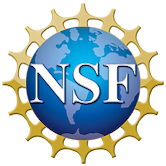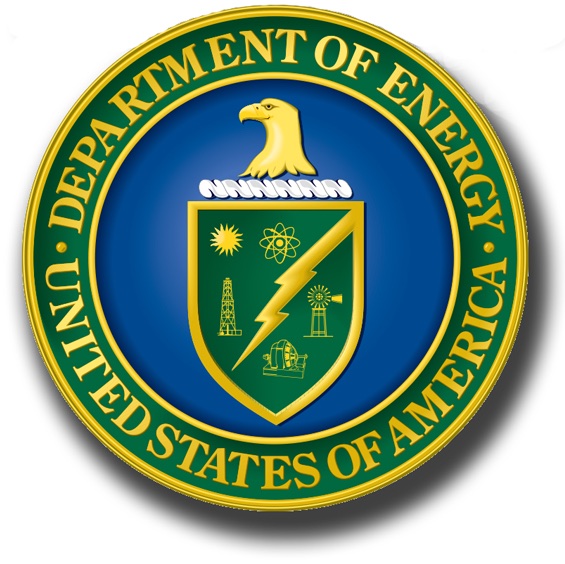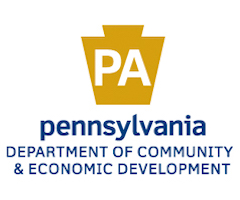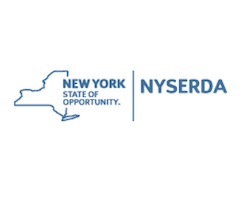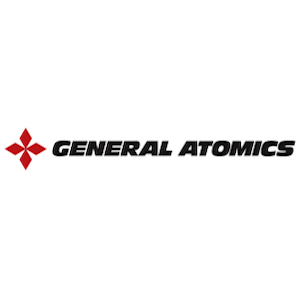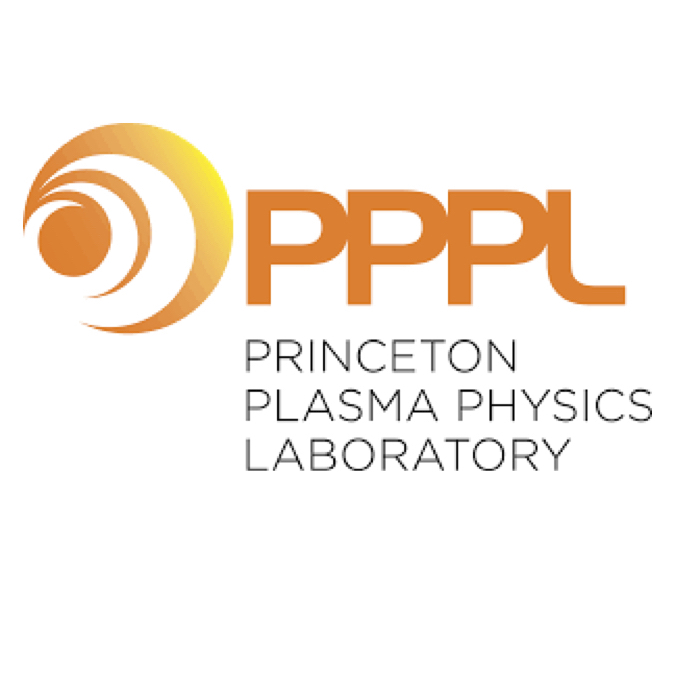Elevated-qmin Steady-State Scenarios on DIII-D: New Controls and Stability Characterization
C.T. Holcomb, B.S. Victor, J.R. Ferron, T.C. Luce, R.J. LaHaye, E. Schuster, W.P. Wehner, F. Turco and W.M. Solomon,
Division of Plasma Physics (DPP) Annual Meeting of the American Physical Society (APS)
Savannah, GA, USA, November 16-20, 2015
|
Abstract
|

|
Fully non-inductive, high performance plasmas with qmin > 1.5 have
been sustained on DIII-D at βN > 3.5. Since the formation and
sustainment of such plasmas entails operation near multiple stability
limits there is a sensitivity to variations in conditions that can
lead to different results, i.e. tearing modes. The parameter range for
stability at high-βN is not well known, and it is unclear if tearing
modes are destabilized by neoclassical (i.e. missing bootstrap current)
or classical (i.e. tearing too close to ideal-wall kink limit) βN limits.
We present work to improve reproducibility and stability understanding
using new controls. Electron cyclotron heating applied at breakdown
improves repeatability. Current profile and βN feedback control are
used to obtain equilibria that are assessed for stability and
steady-state potential. We discuss the range of stable operation found
using these tools and tests designed to identify tearing destabilization
mechanisms.
